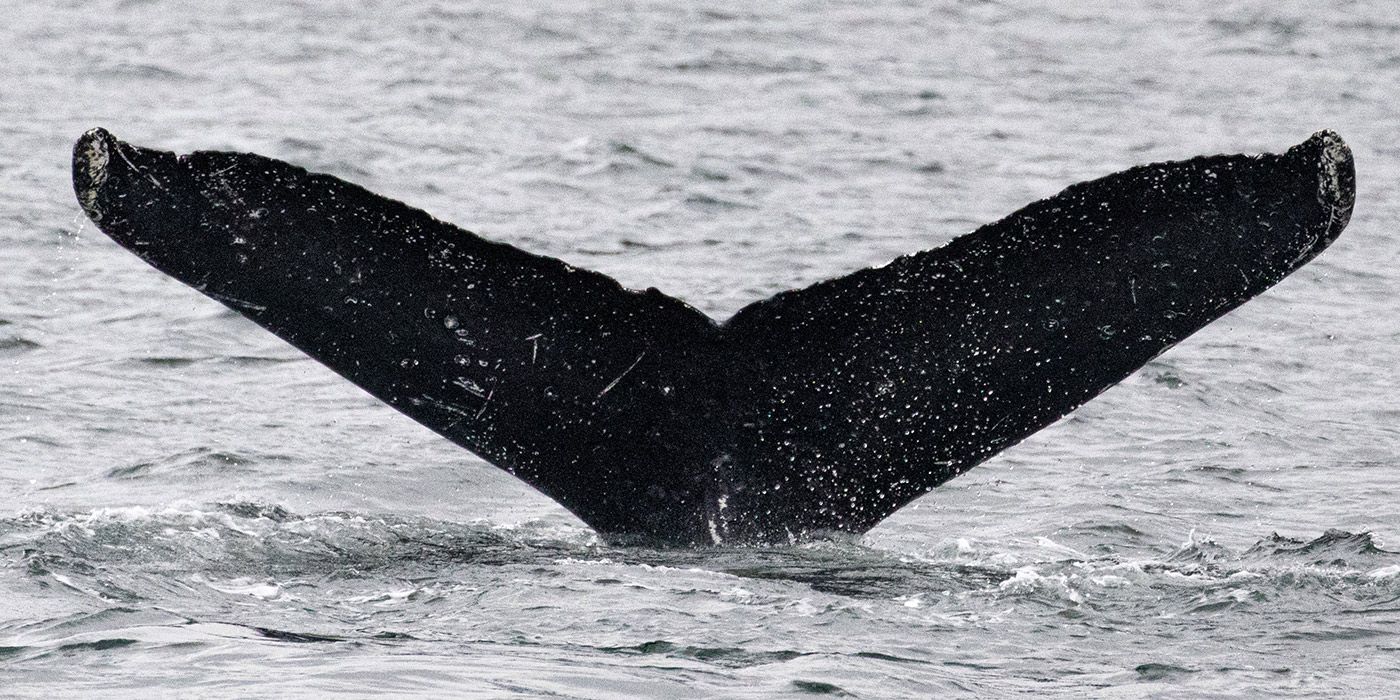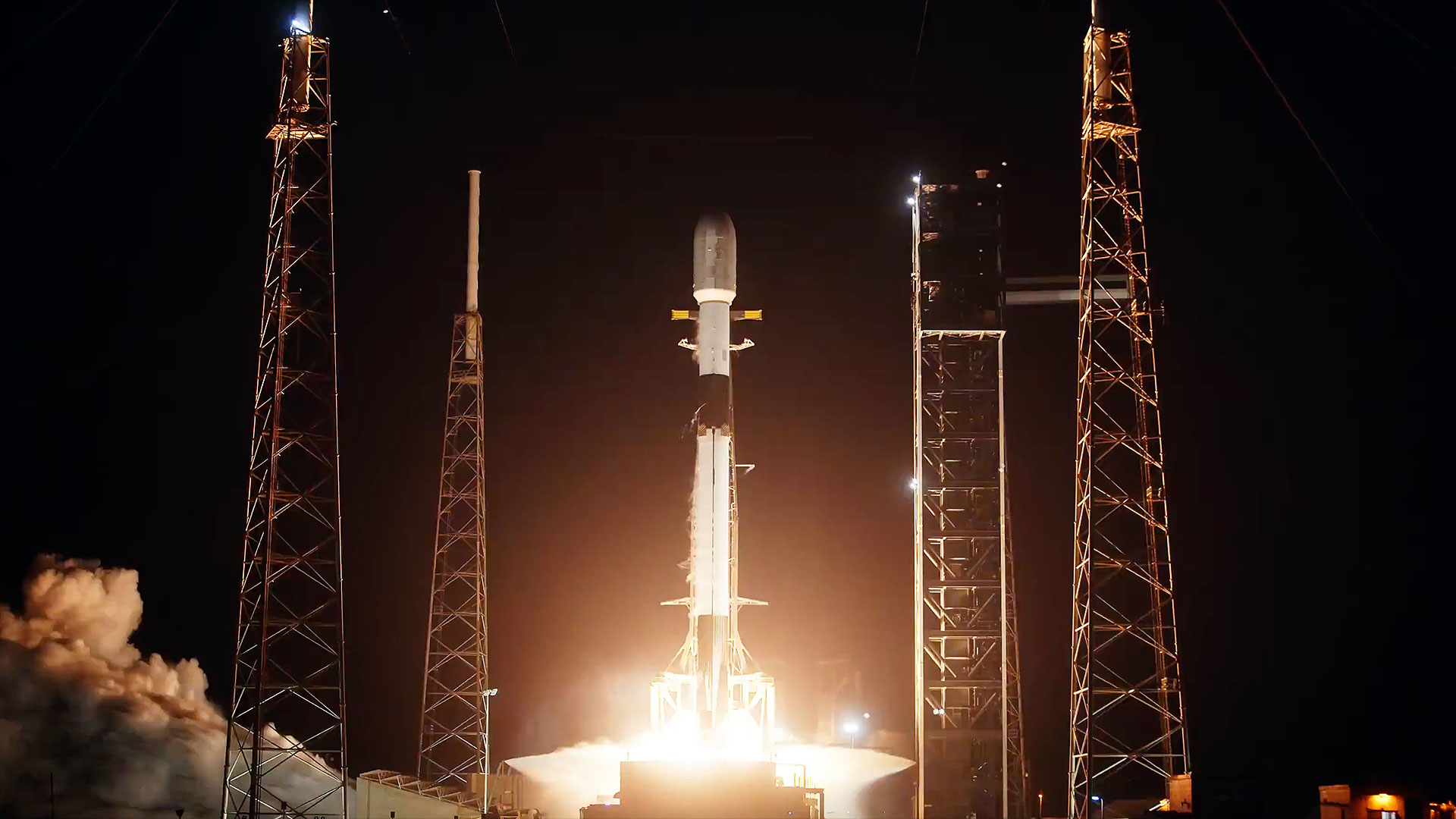SETI's 1st 'conversation' with a humpback whale offers insight on how to talk to E.T.
Researchers are studying humpback whale communication systems to learn how to detect and interpret extraterrestrial signals from outer space.

Humpback whale "conversations" provide valuable insight on how humans may one day communicate with life beyond Earth.
Researchers from the SETI Institute, University of California Davis and the Alaska Whale Foundation recently "conversed" with a humpback whale named Twain using an underwater speaker and recorded a humpback "contact" call. Twain responded to the researchers' call by matching the interval variations between signals of each playback call over a 20-minute period.
If you're having a Star Trek flashback, yes, this is awfully reminiscent of that one film in which the crew receives alien whale transmissions that can only be decoded underwater. And in fact, mirroring our sci-fi fantasies, this demonstration of interspecies communication has implications for the search for extraterrestrial intelligence, according to a statement from the SETI Institute.
"We believe this is the first such communicative exchange between humans and humpback whales in the humpback ‘language,'" Brenda McCowan, lead author of the study from U.C. Davis, said in the statement.
Related: Why are we still searching for intelligent alien life?
Much like how astronaut crews simulate missions to Mars or the moon on Earth, the Whale-SETI team is studying humpback whale communication systems to better understand how to detect and interpret signals from outer space. Their findings can be used to develop filters that can be applied to any extraterrestrial signals received, according to the statement.
"Because of current limitations on technology, an important assumption of the search for extraterrestrial intelligence is that extraterrestrials will be interested in making contact and so target human receivers," Laurance Doyle, coauthor of the study from the SETI Institute, said in the statement. "This important assumption is certainly supported by the behavior of humpback whales."
Breaking space news, the latest updates on rocket launches, skywatching events and more!
Twain's response to each playback call showcases a sophisticated level of understanding and interaction. The humpback whale approached and circled the team’s boat upon hearing the contact call played via an underwater speaker. Matching the interval variations between each call mirrors a human-like conversational style, according to the study.
"Humpback whales are extremely intelligent, have complex social systems, make tools — nets out of bubbles to catch fish — and communicate extensively with both songs and social calls," Fred Sharpe, co-author of the study from the Alaska Whale Foundation, said in the statement.
Therefore, working with humpback whales offers a unique opportunity to study intelligent communication in non-human species. The team will apply principles of information theory to develop filters that can aid in processing extraterrestrial signals and the search for intelligent life beyond Earth.
Their findings were published Nov. 29 in the journal PeerJ.

Samantha Mathewson joined Space.com as an intern in the summer of 2016. She received a B.A. in Journalism and Environmental Science at the University of New Haven, in Connecticut. Previously, her work has been published in Nature World News. When not writing or reading about science, Samantha enjoys traveling to new places and taking photos! You can follow her on Twitter @Sam_Ashley13.
